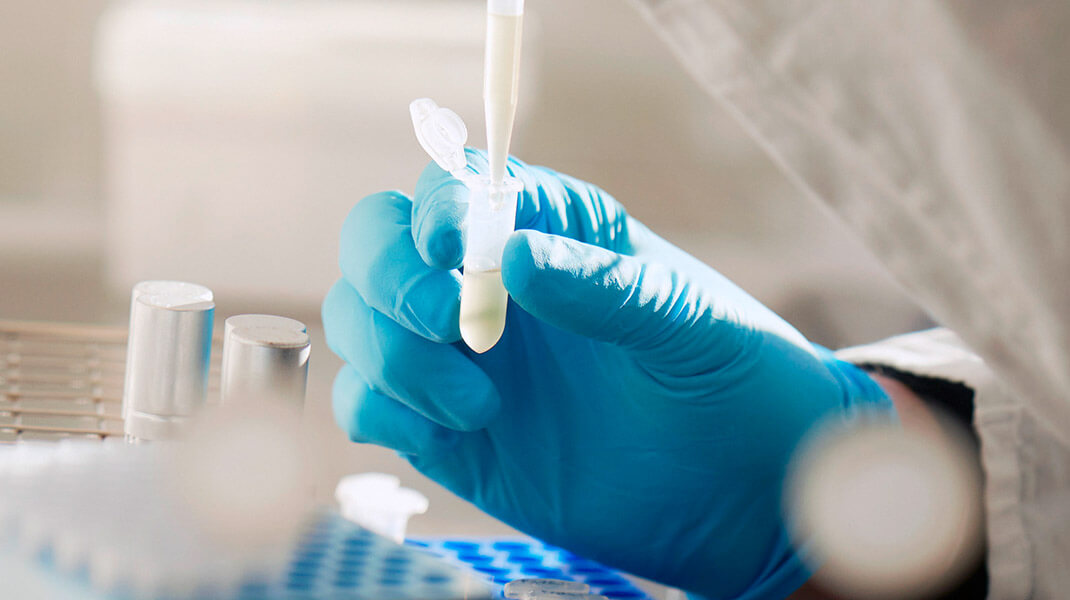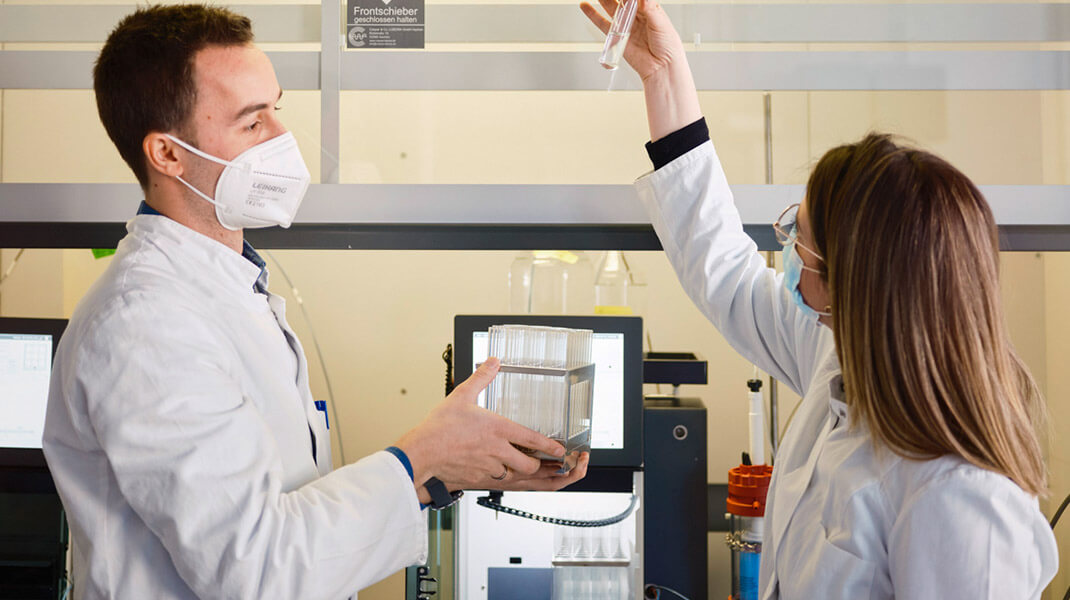Numacut TEV Protease, 6x His-Tag
The Numacut™ TEV protease is the first platform capable of producing native proteins without leaving any additional residues. Evolved by artificial intelligence and directed evolution, its recognition site from the original TEV protease (ENLYFQ↓S) has been expanded to ENLYFQ↓X (where X can be any amino acid except proline). This new recognition site enables Numacut™ to cleave target peptides or proteins fused to a C-terminal ENLYFQ, independent of the N-terminal amino acid, without leaving additional residues.
Furthermore, Numacut™ features beneficial mutations that enhance specific activity, solubility, and stability, outperforming the wild-type enzyme. The N-terminal 6x His-Tag facilitates easy and efficient removal of Numacut™ from cleavage reactions via immobilized metal-ion affinity chromatography (IMAC).
Order
Furthermore, Numacut™ features beneficial mutations that enhance specific activity, solubility, and stability, outperforming the wild-type enzyme. The N-terminal 6x His-Tag facilitates easy and efficient removal of Numacut™ from cleavage reactions via immobilized metal-ion affinity chromatography (IMAC).






